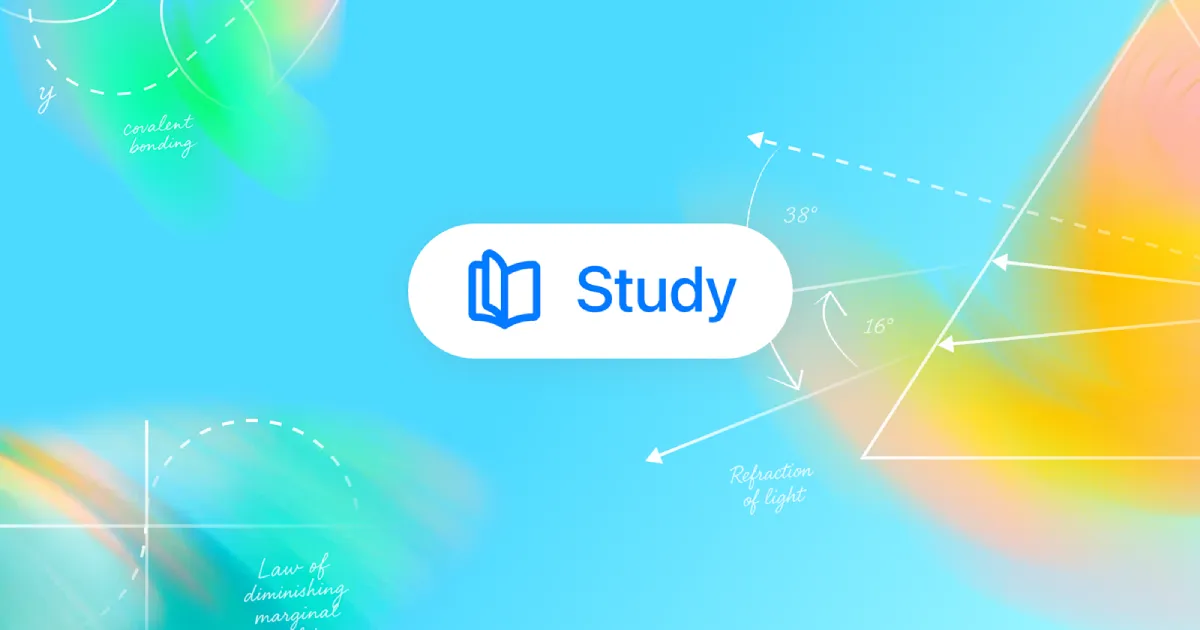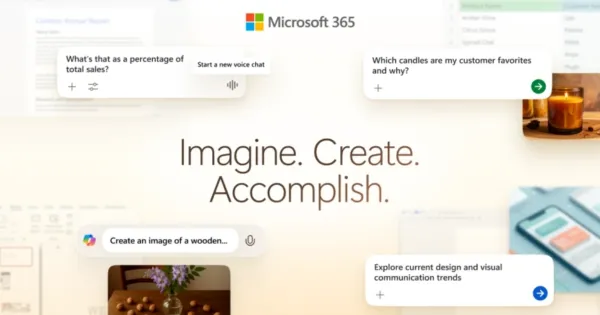OpenAI introduces Study Mode in ChatGPT

In a significant step toward responsible AI use in education, OpenAI announced on Tuesday the rollout of Study Mode, a new feature within ChatGPT designed to promote deeper learning and critical thinking among students. Rather than offering instant answers, Study Mode engages users in conversation, tests their understanding, and may even refuse to give direct responses unless students demonstrate effort and comprehension.
A Shift Toward Learning, Not Just Answer-Finding
With Study Mode enabled, ChatGPT becomes less of an answer machine and more of an interactive tutor. The feature encourages students to engage more actively with academic content by posing follow-up questions, prompting reflection, and avoiding spoon-fed answers. According to OpenAI, the tool aims to build intellectual habits that foster independent problem-solving and long-term understanding — something that traditional ChatGPT interactions don’t always guarantee.
This new mode is now available to all logged-in users on ChatGPT’s Free, Plus, Pro, and Team plans. OpenAI also plans to roll it out to Edu subscribers in the coming weeks. These educational accounts, often used across entire schools or districts, represent a key demographic of young learners whose AI usage is increasingly common in classrooms.
Responding to a Real Educational Challenge
The motivation behind Study Mode is rooted in real concerns about the impact of generative AI on student learning. A research paper released in June found that individuals who used ChatGPT to write essays showed lower brain activity than those who used search engines or no tools at all. While ChatGPT can provide accurate and well-structured information, it can also reduce opportunities for critical thought and analysis if used passively.
OpenAI’s new tool seeks to counteract this trend. By design, Study Mode requires more from students: thinking, reasoning, and even occasional frustration — the hallmarks of real learning.
A Voluntary Tool for Now
Despite its educational benefits, Study Mode remains optional. Students can freely switch between Study Mode and regular ChatGPT, meaning that only those who are motivated to learn will benefit. OpenAI has not introduced any administrative or parental controls to enforce its use, although the company says it may explore such options in the future.
This voluntary model means Study Mode’s success depends largely on student buy-in. OpenAI’s VP of Education, Leah Belsky, acknowledged that while the feature is a meaningful first step, it doesn’t prevent users from opting out in favor of faster answers.
Education and AI: A Complicated History
Since ChatGPT’s debut in 2022, its role in schools has been controversial. Early fears led many districts to ban the technology outright. But by 2023, the tides had begun to turn, with more educators recognizing AI’s potential as a supportive tool rather than a threat to integrity. Study Mode represents a continuation of this shift — an attempt to harness ChatGPT’s strengths in a way that aligns with educational values.
OpenAI isn’t alone in this endeavor. In April, Anthropic introduced Learning Mode for its Claude AI chatbot — a similar attempt to reframe generative AI as a partner in learning rather than a shortcut.
What’s Next?
OpenAI has framed Study Mode as just the beginning. The company says it plans to publish more data and insights in the future about how students are using generative AI in their educational journeys. As more schools explore how to integrate AI into classrooms responsibly, tools like Study Mode could help bridge the gap between convenience and cognitive growth.
Still, the ultimate question remains: Will students choose to learn, or just look for answers? With Study Mode, OpenAI is betting that some will choose the harder — but more rewarding — path.





